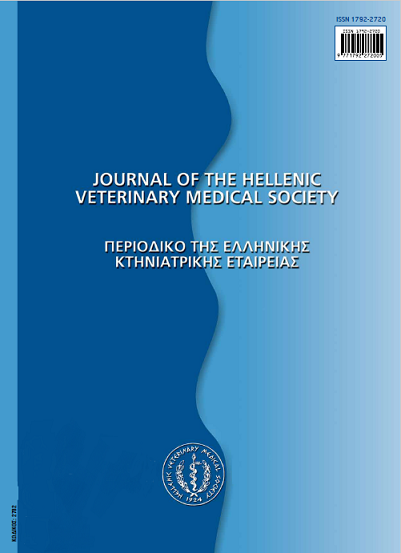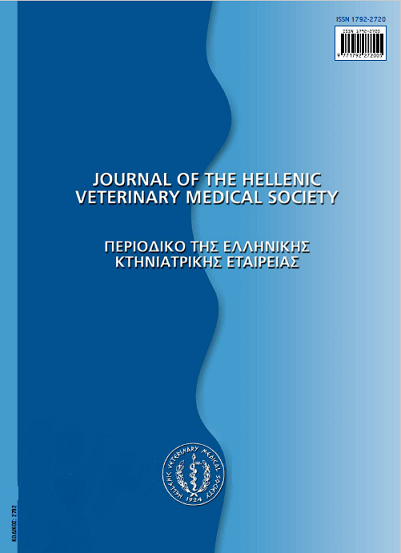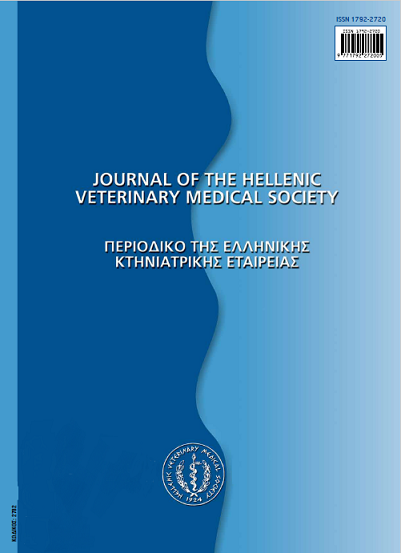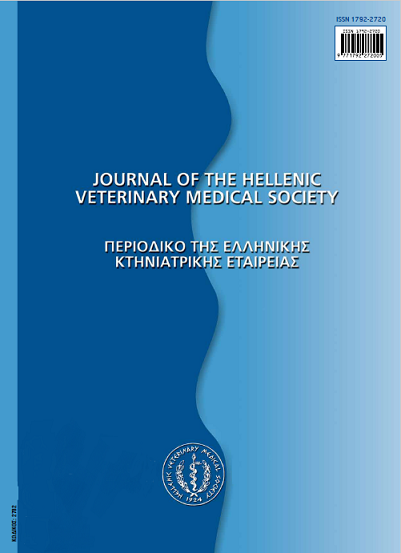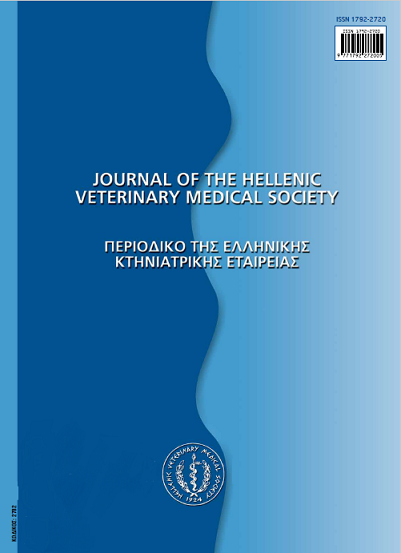Predisposing factors of sheep lameness
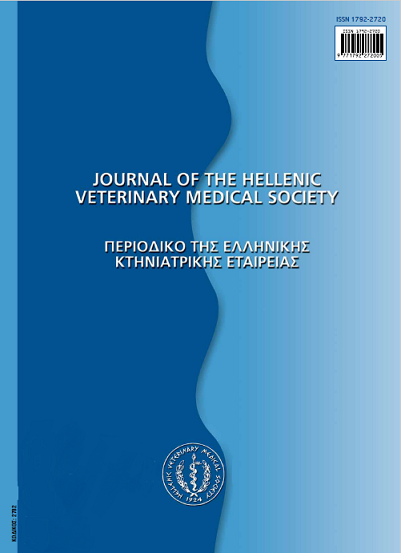
Abstract
Lameness is a major health problem in sheep flocks worldwide. It is associated with reduced productivity and welfare of lame animals within a flock. The consequences of lameness on production have been studied in meat and wool producing breeds, but the available research studies are limited. In dairy breeds of sheep the problem has not been investigated. Lameness can be the result of many causes, but it is mostly associated with foot lesions. With the exception of systemic diseases, a number of predisposing factors seem to dictate the epidemiology of lameness. Here, these factors are grouped in two major categories: a) genetic factors that are attributed to individual animals and b) environmental factors that affect the prevalence of lameness within the flock. In this review, different approaches to counteract those factors are presented. In principle, appropriate genetic selection, together with the implementation of preventive measures, could reduce the negative consequences of those factors. Nutrition is a fundamental factor associated with the health of the foot and the animal in general. Hence, the formulation of a balanced ration
is crucial, because deficiencies in specific nutrients, involved in the keratinization of hoof wall, could predispose to lameness. The latter could be also associated with inappropriate housing conditions (e.g. bedding, ventilation). In particular, moisture has been identified as an important predisposing factor for foot lesions. Flock management (e.g. foot trimming, foot bathing), particularly in intensively reared sheep, can also affect the prevalence of lameness. Moreover, the implementation of biosecurity measures at farm level could eliminate the possibility of infectious footrot from purchased animals. In conclusion, the implementation of any preventive measures against the predisposing factors of lameness implies that the farmer is aware of the importance and the consequences of lameness in his flock. The role of the veterinarian is also important. The veterinarian should not focus only on the diagnosis and the treatment of lame animals, but should also try to educate the farmer on the epizootiology of the problem.
Article Details
- How to Cite
-
GELASAKIS (Α.Ι. ΓΕΛΑΣΑΚΗΣ) A. I., VALERGAKIS (Γ.Ε. ΒΑΛΕΡΓΑΚΗΣ) G. E., & ARSENOS (Γ. ΑΡΣΕΝΟΣ) G. (2017). Predisposing factors of sheep lameness. Journal of the Hellenic Veterinary Medical Society, 60(1), 63–74. https://doi.org/10.12681/jhvms.14915
- Issue
- Vol. 60 No. 1 (2009)
- Section
- Review Articles
Authors who publish with this journal agree to the following terms:
· Authors retain copyright and grant the journal right of first publication with the work simultaneously licensed under a Creative Commons Attribution Non-Commercial License that allows others to share the work with an acknowledgement of the work's authorship and initial publication in this journal.
· Authors are able to enter into separate, additional contractual arrangements for the non-exclusive distribution of the journal's published version of the work (e.g. post it to an institutional repository or publish it in a book), with an acknowledgement of its initial publication in this journal.
· Authors are permitted and encouraged to post their work online (preferably in institutional repositories or on their website) prior to and during the submission process, as it can lead to productive exchanges, as well as earlier and greater citation of published work.





